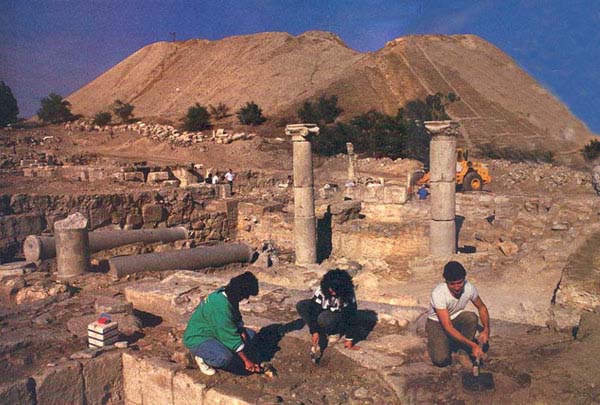Image Details

Richard Nowitz
The Bible mentions Beth-Shean as the city on whose walls the Philistines displayed the bodies of King Saul and his son Jonathan. Later Beth-Shean became an Israelite city. In the Hellenistic period (about the third century B.C.) the city relocated to the base of the tell. In the second and third centuries A.D., Beth-Shean witnessed a building boom that gave rise to many of the magnificent structures shown on the pages that follow.
Ironically, modern-day Beth-Shean is a poor area with high unemployment. Its glorious history may yet contribute to its revival: Officials are hopeful that the archaeological excavations here, besides providing employment to area residents, will attract visitors and generate income for the local economy.
